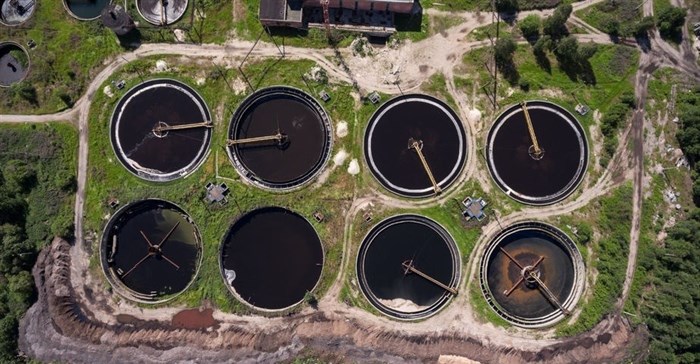Related
Top stories






LifestyleMeet South Africa's best-dressed team: Mphela & Associates Attorneys win the 2025 Imagemakers Award
ImageMakers 2 days
More news












Entrepreneurship
AWIEF2025 opens next week in Cape Town








They pose an environmental hazard to groundwater supplies, and as industries grow, so the storage headache grows.
Brine has traditionally been regarded as waste, but Alison Lewis, University of Cape Town (UCT) engineering and built environment dean, sees it differently. "The stuff in the waste is actually the stuff you spent a fortune digging out the ground, or buying as a reagent, or adding as a catalyst: it is a resource," she says.
Lewis has conducted pioneering research into how to extract these contaminants in an efficient way, using a surprisingly simple process that exploits water's unique "iceberg" properties.
The technique, known as eutectic freeze crystallisation, transforms brine into potable water and salts such as calcium chloride and sodium sulphate.
The process feeds the brine into a chamber in which it is rapidly cooled with glycol. As the temperature drops, the water-turns to ice, separates from the contaminants and floats to the top, where it is removed and recycled back into the system. The pollutants crystallise out as pure salts, each at a specific temperature, and sink to the bottom.
It is a surprisingly energyefficient process and uses one-sixth of that consumed in systems that evaporate the water using heat. It also uses relatively cheap construction materials that are less prone to corrosion, and is safe and easy to control, says Lewis.
However, the simplicity of the scientific principles that underpin eutectic freeze crystallisation are deceptive: there are considerable engineering challenges in optimising the speed at which the brine is cooled. If the brine is cooled too fast, it ends up resembling a slush puppy, but if it is frozen too slowly it is inefficient and costly, says Lewis.
It has taken more than a decade to get the technology out of the laboratory and into industry.
"I despaired of getting it into the outside world. It hasn't quite reached fruition, but is no longer just a research curiosity, which it was for a long time," says Lewis.
Eskom is in the final stages of constructing a pilot plant at its Motswedi water research facility, and aims to have it commissioned by mid-November.
"Eskom is the biggest water user in the country, consuming about 2% of the total. We need to look at how to reduce our footprint," says Eskom water researcher Gerhard Gericke.
"Part of our five-year research programme is to look at ways to recover and reuse water. Eutectic freeze crystallisation is one of the techniques we think can support our endeavour," he says.
Eutectic freeze crystallisation could potentially be used to increase the water yield of the processes Eskom uses at its power stations, or to treat acid mine drainage, Gericke says.
Eskom's pilot plant will drop the temperature to just below zero to extract calcium carbonate, and then to -12°C to remove sodium sulphate, and -25°C to remove the sodium chloride.
Eutectic freeze crystallisation holds great promise for the mining industry, as it could unlock some of the resources in the residual water left after processes are completed, says Prentec process director Adrian Viljoen.
Prentec is a water treatment company and has erected a demonstration eutectic freeze crystallisation plant at Optimum colliery, near Eskom's Hendrina power station.
"There are huge technical challenges, which is why it does not yet exist as a commercial process and why we are developing it.
"We have three years of research and development behind us already, and are now constructing a commercial-scale plant for Glencore at Tweefontein," says Viljoen.
While the volume of water extracted from the brine is small compared to the total amount of water that goes into the preceding processes, every drop counts in drought-stricken SA, he says.
"We have a lot of water on the reef we could access. It could be a big part of the [drought] solution," says Viljoen.
Source: Business Day

For more than two decades, I-Net Bridge has been one of South Africa’s preferred electronic providers of innovative solutions, data of the highest calibre, reliable platforms and excellent supporting systems. Our products include workstations, web applications and data feeds packaged with in-depth news and powerful analytical tools empowering clients to make meaningful decisions.
We pride ourselves on our wide variety of in-house skills, encompassing multiple platforms and applications. These skills enable us to not only function as a first class facility, but also design, implement and support all our client needs at a level that confirms I-Net Bridge a leader in its field.
Go to: http://www.inet.co.za